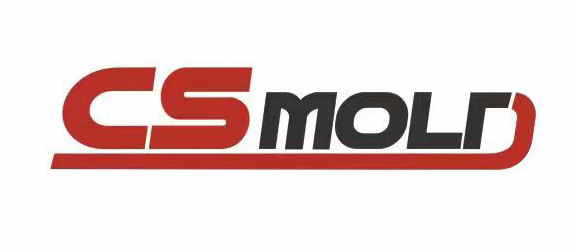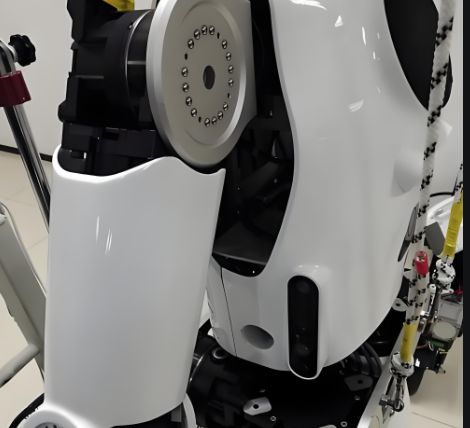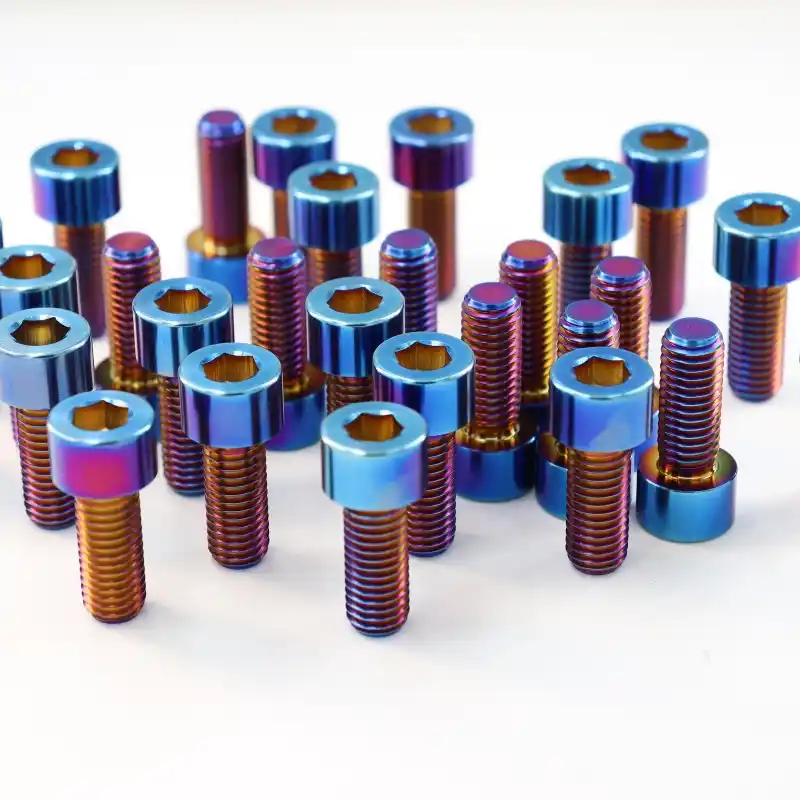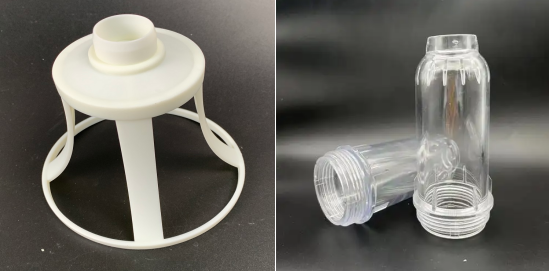
After completing basic processing procedures such as shearing, stamping, bending, and welding, sheet metal parts often need surface post-processing to meet customer requirements for performance, corrosion resistance, appearance, or subsequent assembly. Different application scenarios and material types require different post-processing methods. CS MOLDING can provide you with a variety of post-processing processes to meet your personalized needs. The following are several common post-processing processes after sheet metal processing and their technical characteristics..
1. Degreasing and Rust Removal
After processing and welding, sheet metal often accumulates oil, scale and rust, which can negatively affect the adhesion of coatings or surface treatments. Therefore, cleaning is the first step:
Degreasing: Use alkaline cleaners or ultrasonic cleaning to remove processing oil.
Rust Removal: Use pickling, sandblasting or manual polishing to remove surface rust or oxide layers.
2. Coating (Powder Coating / Spray Painting)
Surface coating is one of the most widely used finishing processes to protect the metal and improve appearance.
- Powder Coating: Uses electrostatic spraying and heat curing. It’s eco-friendly, strong, and available in many colors.
- Spray Painting: Ideal for finer color control and smooth finishes.
Advantages:
- Strong adhesion
- Cost-effective
- Good anti-corrosion performance
Use: housings, electrical cabinets, metal furniture, display cabinets, etc.
3. Electroplating
Electroplating is a method of depositing a layer of metal onto the part surface to enhance corrosion resistance and aesthetics.
- Zinc plating: Economical and widely used for corrosion protection.
- Nickel plating: Provides a smooth, shiny finish and good conductivity.
- Chrome plating: Offers excellent hardness, wear resistance, and a decorative mirror finish.
Use: hardware accessories, electronic parts, structural parts.
4. Anodizing (For Aluminum Parts)
Anodizing is an electrochemical process applied mainly to aluminum parts, creating a protective oxide layer.
Benefits:
- Increased corrosion resistance
- Enhanced surface hardness
- Can be dyed for decorative effects
Applications: Aluminum panels, housings, consumer electronics, construction
5. Brushing, Polishing, and Sandblasting
These physical finishing methods improve the surface texture and visual appeal of the metal part.
- Brushing: Creates directional grain patterns, often seen on stainless steel.
- Polishing: Produces a mirror-like, glossy surface.
- Sandblasting: Provides a matte or rough finish for a rugged look.
Use: high-end metal casings, decorative panels, household appliances.
6. Laser Marking / Screen Printing
Adding logos, serial numbers, or barcodes is often essential for product traceability and branding.
- Laser marking:
Principle: High-energy laser beam locally ablates or changes the color of the material
Features: High precision, permanent, no shedding
- Screen printing:
Suitable for larger batches, non-metallic coating surfaces
Low cost, adjustable color
Conclusion
Surface finishing is a crucial part of the sheet metal fabrication process that directly affects product durability, appearance, and performance. Choosing the right treatment depends on the application, material, and functional requirements.
Looking for a one-stop sheet metal fabrication solution? We offer full-service manufacturing — from design, fabrication, to surface finishing. Feel free to reach out for a custom quote or consultation.
For more information or to get started with a quote, contact us today




